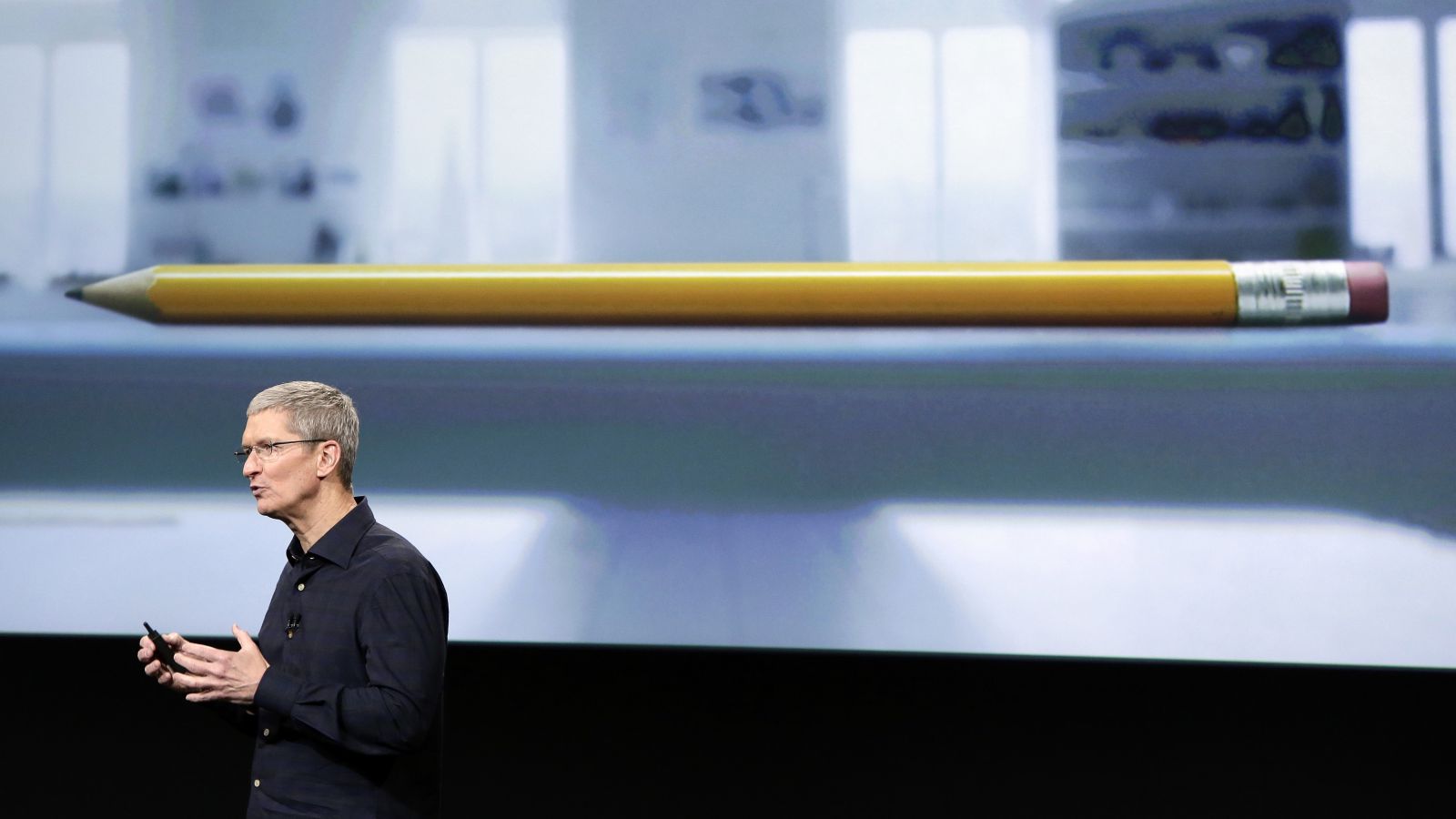It's time for Apple to embrace the Stylus
When Steve Jobs introduced the iPhone to the world, in 2007, he did something that consumers and fans of the Apple brand took to heart, which caused ripples throughout the industry, to an extent to where other manufacturers had no choice but to follow suit, in order to stay competitive. Steve Jobs said “Let’s not use a stylus”. From that moment forward, everyone stopped expecting Apple to even consider a stylus, especially in consideration of the commercially unsuccessful attempts made by companies like Atari, IBM and Amstrad, throughout the last decade of the past millennium.

Having said that, eight years have passed since that historic keynote, during which, the tech industry had evolved, and Apple, as well as other players in the industry, reached breakthroughs that helped the stylus return to consumers anyway. Technologies like Force Touch, and similar methods to detect input pressure have created a need for the stylus, if anything, as a creative tool, providing a natural way to input text, or draw, on a capacitive display.
It’s undeniable that there is an increased influx of iPad apps demanding a stylus, such as Adobe Sketchbook, ArtRage! and Pencil, as well as an increasing number of note-taking applications designed to parse natural handwriting, not to mention the progressive push to allow users to sign legal documents directly on a digital screen.
Why it’s on Apple to build the perfect stylus
Consumers are voicing a need for the integration of stylus pens, and third party manufacturers have been working on fulfilling this need with accessories that are still not quite what consumers want.
Let’s face it, the majority of these accessories don’t even look like pens or pencils, but rather like the bulky end of the eraser typically found on the bottom end of a pencil. Their precision leaves much to be desired, and most are not designed to work with pressure sensitive technologies, which makes them useless in most art applications.
Power players with experience in the sector of pen input, such as Wacom, have created their own solutions to the problem, with accessories that work on most Android and iOS devices, however it always comes down to how receptive the hardware is in the first place.
Samsung’s S-Pen is a very effective proprietary solution for at least one brand, whose unfortunate outcome is that consumers need something a little more universal, and easy to come by.
This is precisely why Apple should consider building the “perfect stylus”, a device that is no longer bound to a particular device, but rather stands on its own, providing built-in capabilities along the lines of pressure detection, speed, inclination, and more data for which sensors already exist in most Apple devices.
Here is why it might just happen
As it turns out, Apple does own a patent that specifically describes our idea of a “perfect stylus”, titled: “Expanded Function Touch Sensor Implement”, and filed in May of this year. The design includes innovations such as a “Grip Sensor”, which detects pressure information and sends a signal to prevent hand strain to the user.
Much like for every Apple patent, there is no telling on whether it will be eventually turned into a consumer product, implemented in an existing one, or considered at all, but what we know is that touchscreens are reaching a point where resolution, applications, and user experience is demanding the integration of natural handwriting and pen input, and chances are, Apple could be the one to make it happen.